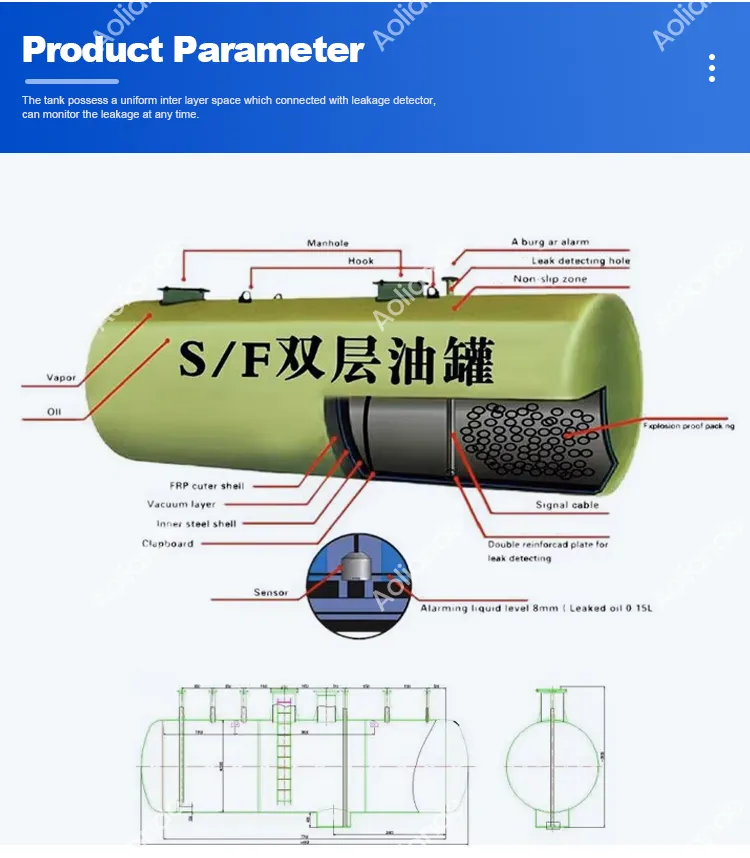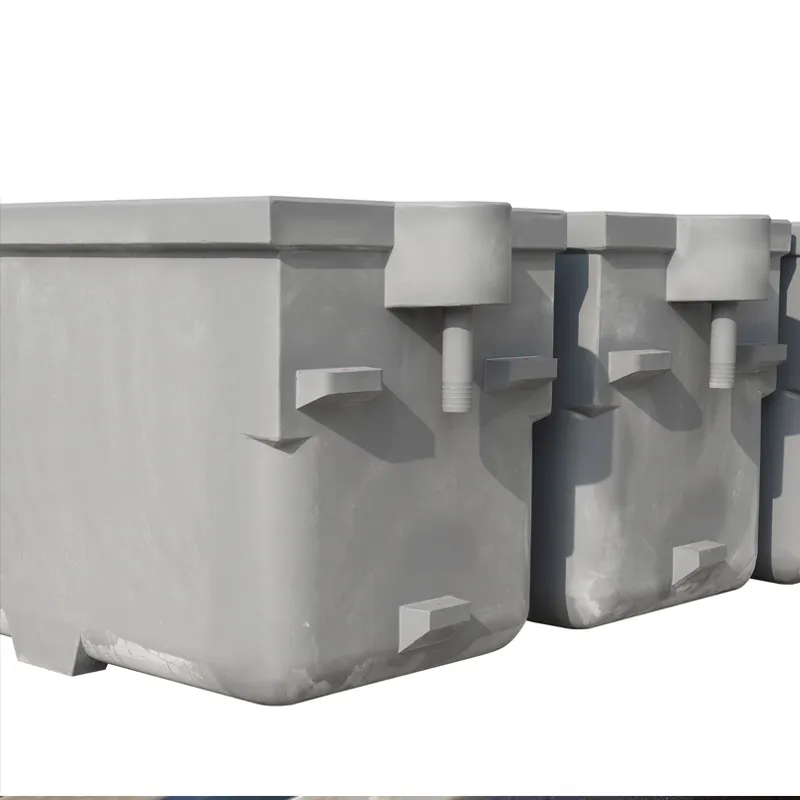Affordable Pultrusion Machine Prices Low Cost Solutions
- Introduction to Pultrusion Machines and Cost Factors
- Technical Advantages Driving Modern Machine Performance
- Market Data Analysis: Investment vs. Operational Efficiency
- Leading Manufacturer Comparison for Industrial Buyers
- Customization Options for Production Requirements
- Real-World Application Success Stories
- Strategic Purchasing Guidance for Pultrusion Equipment

(pultrusion machine price)
Understanding Pultrusion Machine Price Variables
The cost spectrum for pultrusion equipment spans $50,000 to over $600,000 based on technical specifications. Key price determinants include production capacity (measured in kg/hour), curing mechanism, and automation levels. Entry-level manual machines for simple profiles start around $75,000, while integrated systems with robotic handling and precision control commonly exceed $350,000. Material versatility also impacts pricing; GRP pultrusion machines with specialized creel systems demand 18-25% premium over standard models.
Secondary financial considerations often overlooked include:
- Energy consumption (35-45 kW average for mid-range equipment)
- Tooling investments ($8,000-$25,000 per die set)
- Installation and commissioning fees (5-8% of machine cost)
- Annual maintenance contracts ($6,000-$15,000)
Global manufacturing data reveals regional variations with Chinese-sourced equipment typically 20-30% below Western equivalents, though European machines demonstrate longer operational lifespans (15+ years vs. 10-year average).
Technological Innovation in Composite Manufacturing
Contemporary pultrusion systems incorporate PLC-controlled viscosity management and infrared pre-heating stations, reducing material waste by 12-18%. Advanced models feature:
- Automated resin impregnation with ±1.5% flow accuracy
- Modular temperature zones (±2°C tolerance)
- Self-calibrating puller systems (0.2mm/m dimensional stability)
The transition to Industry 4.0 architecture enables predictive maintenance algorithms that decrease downtime by 40%. For GRP pultrusion machine operations, integrated UV curing units accelerate cycle times by 15-22% compared to thermal-only systems. These innovations yield 300-450% ROI within 3-5 years through increased throughput and reduced rejection rates.
Financial Analysis of Equipment Investment
Comparative operational data demonstrates significant cost disparities:
| Specification | Budget Tier ($85k-$150k) | Mid-Range ($220k-$350k) | Premium ($450k-$600k+) |
|---|---|---|---|
| Output Capacity | 15-25 kg/hour | 40-65 kg/hour | 90-150 kg/hour |
| Energy Consumption | 28 kW/hour | 42 kW/hour | 68 kW/hour |
| Labor Requirements | 3 operators | 2 operators | 1 operator |
| Scrap Rate | 8-12% | 4-7% | 1.5-3% |
| Annual Output Value | $350k-$550k | $1.2M-$1.8M | $3M-$4.5M |
This data highlights how premium automation reduces per-unit costs despite higher initial pultrusion machine price
points. The breakeven threshold typically occurs at 18-24 months for mid-market equipment operating at 65% utilization.
Industrial Manufacturer Comparison
| Manufacturer | Price Range | Lead Time | Key Technology | Service Network |
|---|---|---|---|---|
| North American Brand A | $310k-$575k | 5-7 months | AI-assisted quality control | 85 countries |
| European Brand B | $350k-$625k | 7-9 months | Hybrid curing system | 62 countries |
| Asian Brand C | $95k-$250k | 3-4 months | Basic PLC control | 38 countries |
| Specialized Brand D | $420k-$780k | 10-12 months | Robotic profile handling | Global premium |
Recent performance benchmarking shows European manufacturers achieving 92-96% operational efficiency versus 84-88% for economy models. For GRP pultrusion machine applications, Brand A's proprietary surface finishing technology reduces secondary processing costs by $17/meter.
Custom Engineering Solutions
When evaluating pultrusion machines for sale, 68% of industrial purchasers require modifications. Common customizations include:
- Profile-specific guidance systems ($12k-$35k upgrade)
- Multi-resin capability stations ($45k-$80k)
- Production monitoring integration ($28k-$52k)
For bridge component manufacturing, customized machines achieve 3.5m/minute pull speeds with reinforced tensioning systems. Specialized cooling configurations enable continuous 24/7 operation without thermal distortion. These engineered solutions typically increase base prices by 15-30% but accelerate production timelines by 40% for complex geometries.
Industry Implementation Case Studies
Wind energy manufacturer EnerTech reduced blade spar cap production costs by 28% after installing two $540,000 machines with automated reinforcement layup. Key metrics:
- Production rate: 82 meters/hour
- Tensile strength: 1,580 MPa
- ROI achieved: 19 months
Construction supplier BuildCore automated rebar production using a $385,000 GRP pultrusion machine, increasing output to 1.2 million linear meters annually. The system's automatic cutting unit reduced labor costs by $240,000 annually while maintaining 99.2% dimensional accuracy across batches.
Strategically Approaching Pultrusion Machine Price Negotiations
Based on market analysis, buyers should evaluate these financial aspects:
- Production volume thresholds for automation justification
- Financing options through manufacturer programs
- Total operational cost over 7-year lifecycle
The current secondary market for pultrusion machines for sale shows 22% average depreciation after three years. Industry data indicates optimal purchasing timing aligns with technological upgrade cycles, typically yielding 10-15% discounts during new model releases. Prioritize vendors offering performance guarantees - leading manufacturers now provide 85% minimum efficiency warranties across the first operating year.

(pultrusion machine price)
FAQS on pultrusion machine price
Q: What factors affect pultrusion machine price?
A: Key factors include machine size, automation level, and production capacity. Brand reputation and custom features like advanced controls can increase costs, typically ranging from $50,000 to $500,000. Always request quotes for precise pricing.
Q: What is a GRP pultrusion machine?
A: A GRP pultrusion machine manufactures glass-reinforced plastic profiles through a continuous pulling process. It's ideal for creating durable products like fiberglass rods and beams. Prices vary based on output speed and customization.
Q: Where can I find pultrusion machines for sale?
A: Check online marketplaces like Alibaba or industry-specific dealers. Direct purchases from manufacturers ensure quality support. Consider factors like warranty and delivery time before buying.
Q: What is the average price of a grp pultrusion machine?
A: Entry-level GRP machines start around $50,000, while high-capacity models exceed $300,000. Features like multi-axis controls and resin systems add to expenses. Compare suppliers for the best deals.
Q: Are used pultrusion machines cheaper than new ones?
A: Yes, used models are often 20-50% less expensive, but inspect for wear and maintenance history. Refurbished units offer savings with some assurance. Always test functionality to avoid hidden issues.






























